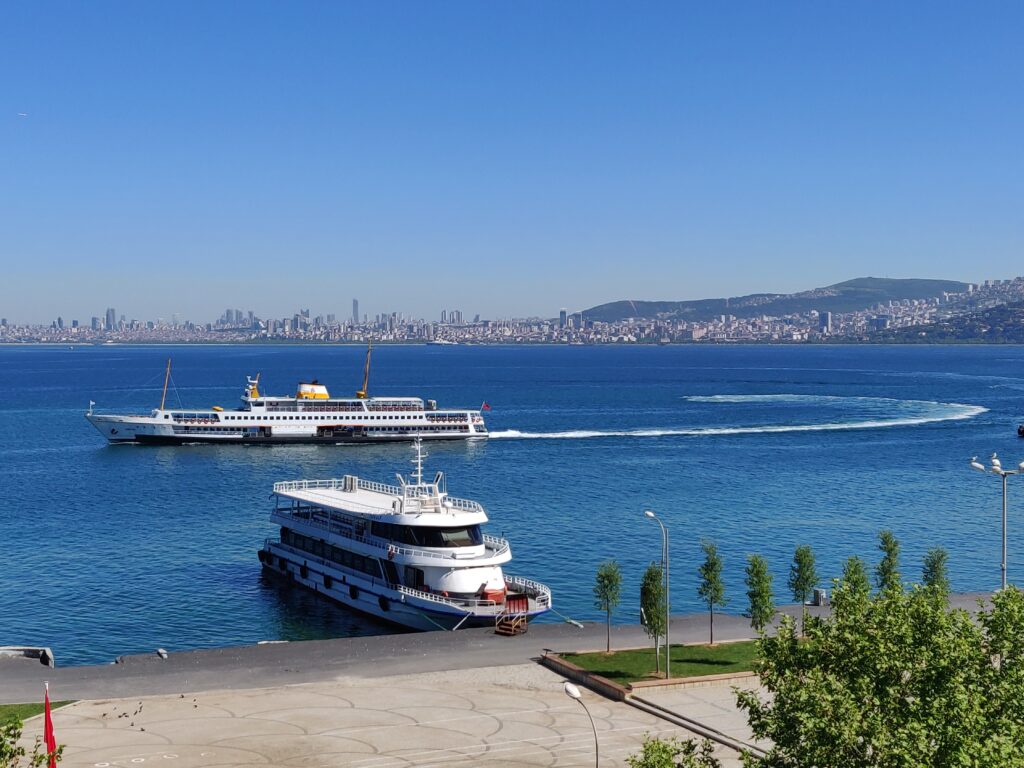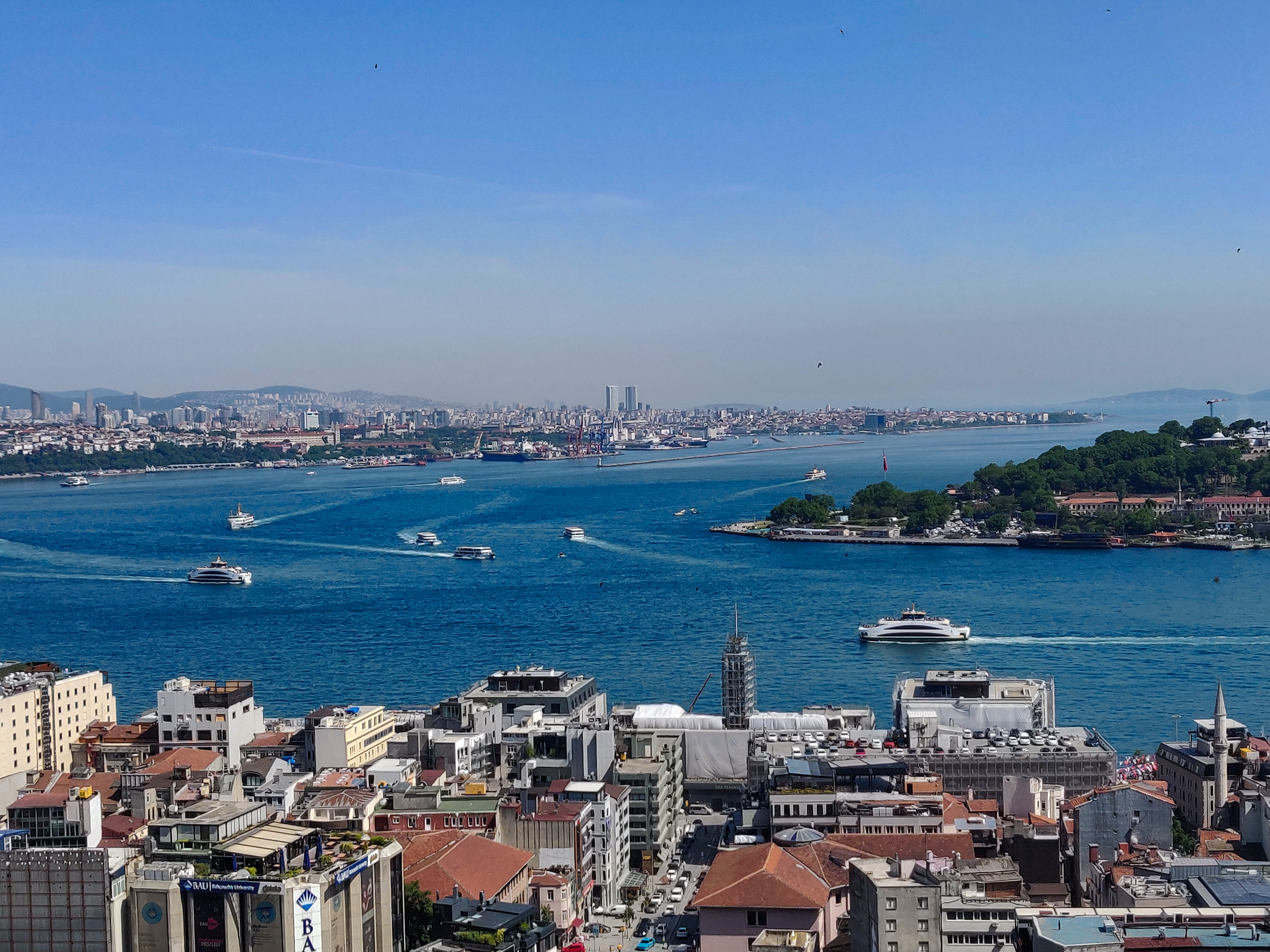There are great many options for public transport in Istanbul. In addition to your own car, you can use a tram, bus, mini bus (Dolmuş), subway, metro bus, or Marmaray commuter train which will take you under the Bosphorus from one continent to the other, from Europe to Asia. Taxis are also often used, but a car is usually the slowest option because traffic is often very congested. The best thing is if you can use a ferry, then you can enjoy the best part of Istanbul, the beauty of the Bosphorus.
First, you will need an Istanbul Card (İstanbulkart)
The first thing I recommend getting right away is the Istanbul Card (İstanbulkart). Once you have downloaded your card, you can use it on all means of public transport in Istanbul, such as the subway, metrobus, tram, cable car, funicular, ferry and bus, as well as on the Marmaray commuter train at discounted rates. The price for one trip is 3.50 TL. (Please note: from Istanbul Airport, the price for the bus ride to the city center is 5.20-30 TL depending on your destination.)
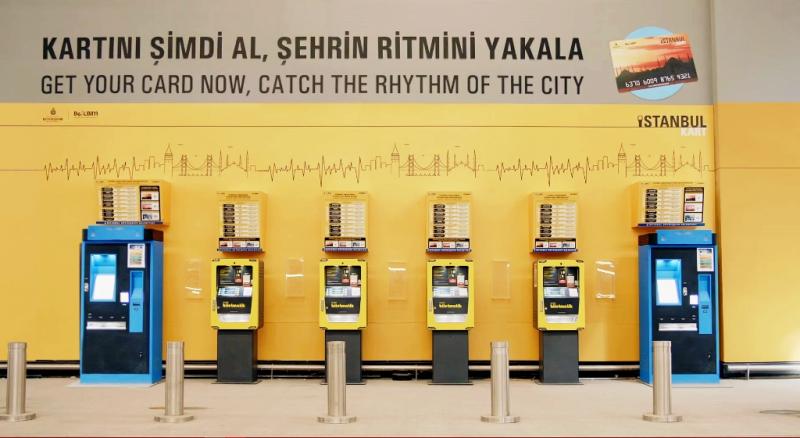
You can buy an Istanbul Card at more than 2,000 points, i.e. from the yellow (easier to use) or blue ticket machines at all public transport hubs, as well as from the kiosks located at most bus and train stations. The Istanbul Card costs 6 TL, and you only have to pay for it once.
You can easily top-up money on your Istanbul Card with cash (only with banknotes) at the above-mentioned ticket machines (including at the bus stops at Istanbul Airport). In addition, you can also top-up your card online.
Due to the latest Covid-19 precautions, you will need to activate the HES code when using public transport. To activate the HES code, you need to synchronize your HES code with your Istanbul Card.
More information:
https://istanbeautiful.com/istanbulkart-public-transportation-card-of-istanbul/
https://istanbulkart.istanbul
Second, you definitely need cash
In Istanbul, life without cash is not possible. And on top of that, you need specifically change for many places. This is also the case with transport. Although for the most part you can pay with the Istanbul Card, for example in a taxi and minibus (dolmuş) you need cash.
Third, about routes…
You can traditionally find routes using Google Maps. And online you can easily find maps/timetables both in English and Turkish. The map below is clear and multi-faceted; there you will find the routes and stops of most of the transport systems I present in this post.

Let’s go to the traffic…
Own car
The total number of vehicles in Istanbul is currently about 4.5 million (compared to just over 5 million in Finland as a whole), so the use of your own car in the downtown area cannot actually be recommended. Congestion is a huge problem. In addition, in special cases, such as football match days, traffic in the entire district of the stadium is completely blocked.
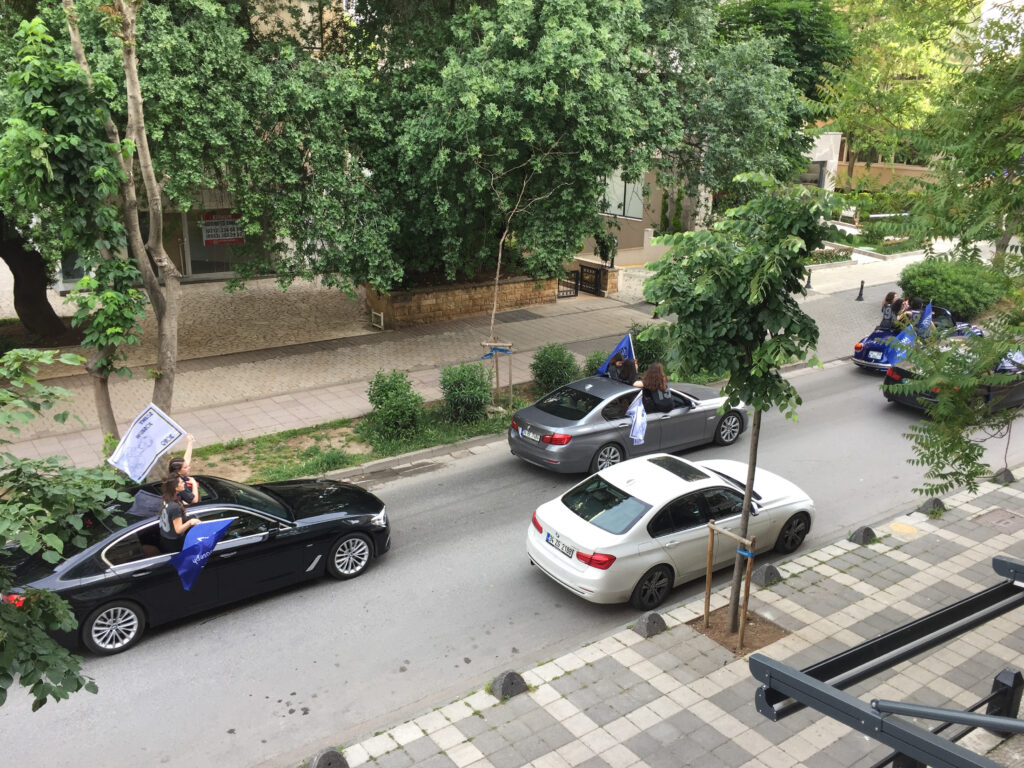
In Turkey, tolls are levied on cars, so crossing bridges between Europe and Asia, for example, is subject to a charge. It is also good to know that the first bridge over the Bosphorus (Boğaziçi Köprüsü, officially 15 Temmuz Şehitler Köprüsü) has operating restrictions. Pedestrians or commercial vehicles such as trucks are not allowed to use the bridge nowadays. Therefore, freight traffic circulates through bridges 2 and 3. Bridges are most often congested, i.e. slow to cross.
Since the new tunnel (Avrasya Tüneli) opened in 2016, you can also drive from one continent to another under the Bosphorus. The tunnel connects the Fatih District on the European side and the Kadıköy District on the Asian side. It is usually less congested than the bridges.
Taxi
Taxis are used a lot – daily. The prices are affordable, the minimum charge is 13 TL, and the price is always visible to the customer in the corner of the rearview mirror. The language of the drivers is usually Turkish and payment is made in cash.
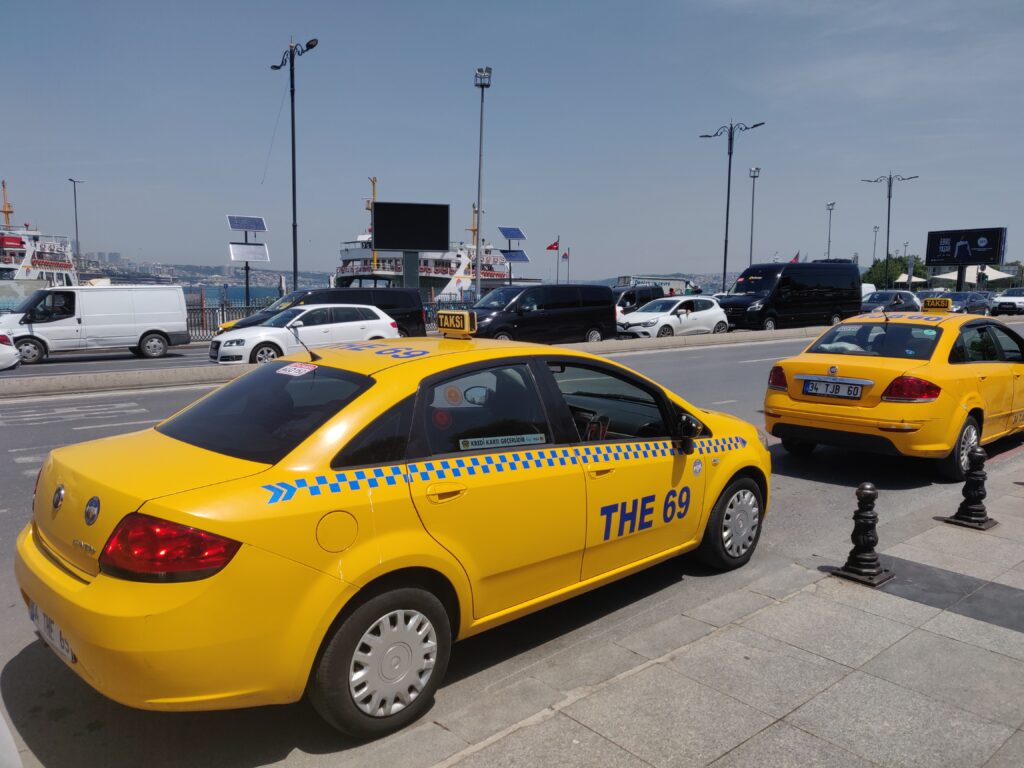
A taxi is most often hailed in traffic (less often by ordering either with a taxi app or by calling), and it’s good to know a few rules about this.
When you hail a taxi, you should already be on the side of the street in which direction you are going. Also, not all taxis like to drive far from one district to another, and they usually refuse to cross the bridges between the continents altogether. On the multi-lane road, unoccupied taxis usually drive in the right lane (so you don’t have to wave in vain to all the nearly 18,000 Istanbul taxis passing by). In the afternoons, around 3pm to 5pm, it is time to change shifts for the drivers, meaning finding free taxis may prove impossible. Also from 4pm to 7pm is “rush hour” when people return home from work.
Traffic behavior as a whole is the complete opposite of our rule-based Finland. In practice, the only rule is the flow of traffic. “Drive when there is space on the road” is the only speed limit on both motorways and small alleys. So even if driving in chaos – even to the nearest centimeter – the traffic is going smoothly because everyone is moving attentively and amicably. But street cats and dogs, of course, always have their own privileges in traffic as well.
You do not usually wear a seat belt in a taxi. Despite the traffic chaos, a taxi driver easily manages to find driving routes on his phone, call friends, smoke tobacco and chat with customers. The pace is fast and the going is so wild that sometimes I still feel it’s best just to close my eyes. However, all my taxi rides have been safe.
Tram (Tramvay)
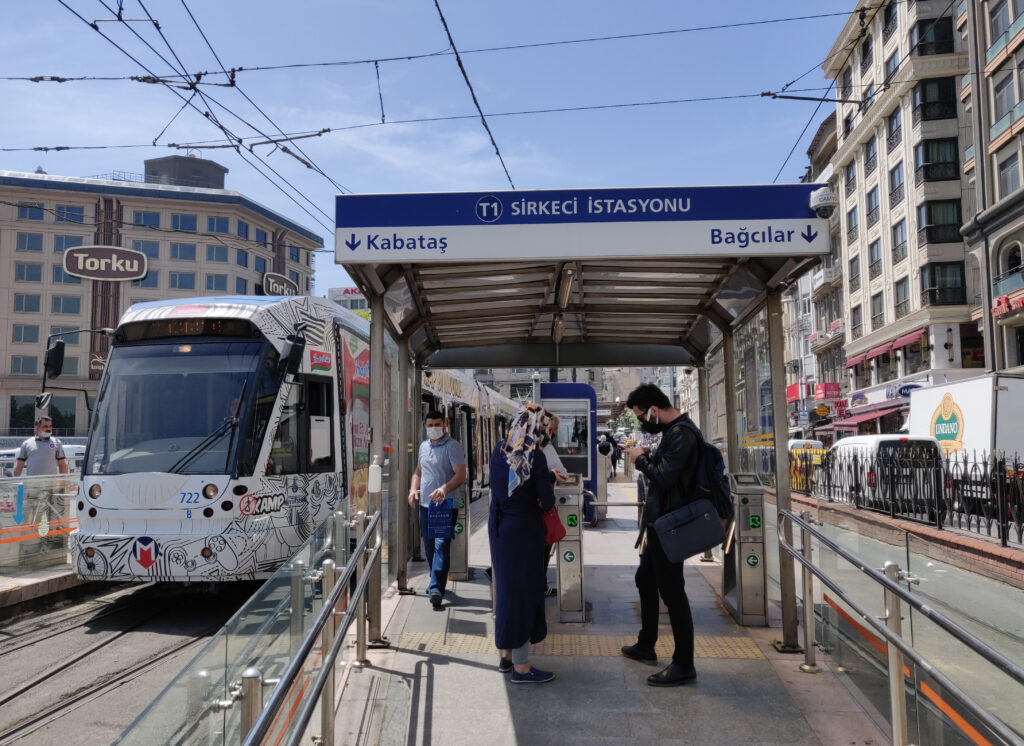
The tram route is built on the European side of Istanbul and it is very straightforward. The carriages are new and modern. Payment is made on the platform with your Istanbul Card. On board, the stops are both announced and displayed on electronic boards, so traveling is easy and fast. Admittedly, sometimes Istanbul’s eternal congestion is also a nuisance in tram traffic, meaning you don’t always fit on board.
Bus (Otobüs) and minibus (Dolmuş)
Buses operate the same as in all other cities, but the minibus (dolmuş), is a specialty that does not exist in Finland. It is also the most complicated transport option for a foreigner.
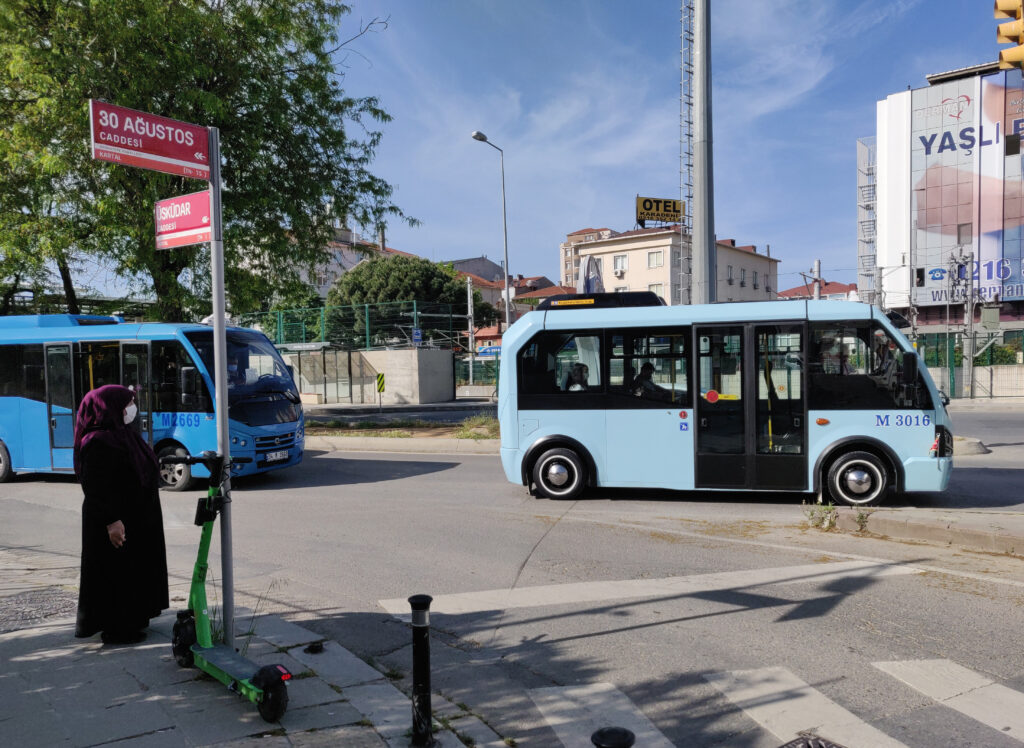
Dolmuş is a van-sized minibus with a specific route but no timetables or stops. Namely, the Dolmuşes drive all the time (but only start from the terminals when the bus is full, ie 8 passengers) and you can hop on or off at any time. The trip is paid for after boarding the bus by sending cash to the driver with the assistance of other passengers. At the same time you tell where you will get off the bus, so the driver will charge the correct amount. The change will also be passed back through the hands of other passengers. During the drive you just exclaim to the driver when you want to get off the bus.
Metrobus (Metrobüs)
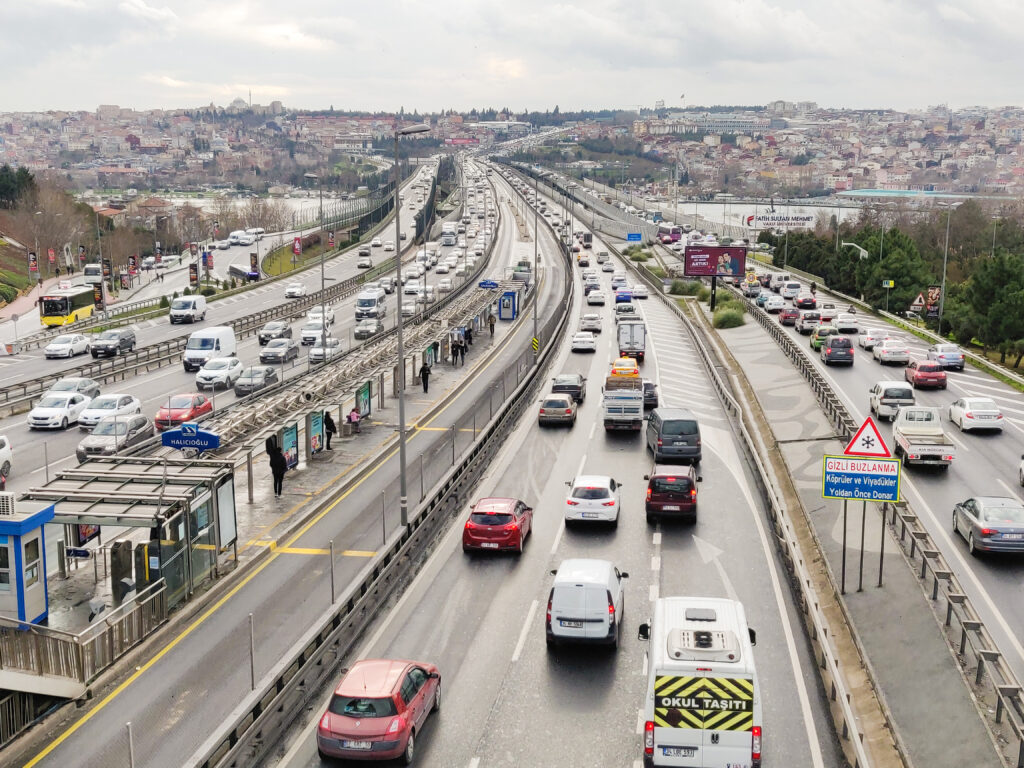
There are 45 stops on the metrobus route, located on the city’s ring road from Avcılar via Zincirlikuyu in Europe and via the Bosphorus Bridge to Söğütlüçeşme in Asia. Metrobuses run almost the entire length of the route in their own bus lanes, and are therefore fast compared to regular buses. Metrobuses also have the rare privilege of being allowed to cross the first bridge over the Bosphorus. In addition, they complement the metro lines and Marmaray commuter train line. At intersections, such as on the Asian side in Söğütlüçeşme, you can easily change from the Marmaray to a metro bus.
Payment is made in the same way as for trams, ie on the way to the platform, with an Istanbul Card. However, at the end of your journey before exiting the terminal, you will need to remember to reuse your Istanbul Card in a special “money return machine”, at which point the device will refund you for the correct amount.
Subway (Metro)
The Istanbul subway was built between 1989 and 2021 and has eight lines now. In addition, five new lines are under construction or planned. The subway operates separately on both the European and Asian sides, but is connected by the Marmaray commuter train under the Bosphorus. In this way, the coverage of the subway lines becomes very extensive. Metro buses also complement the connections.
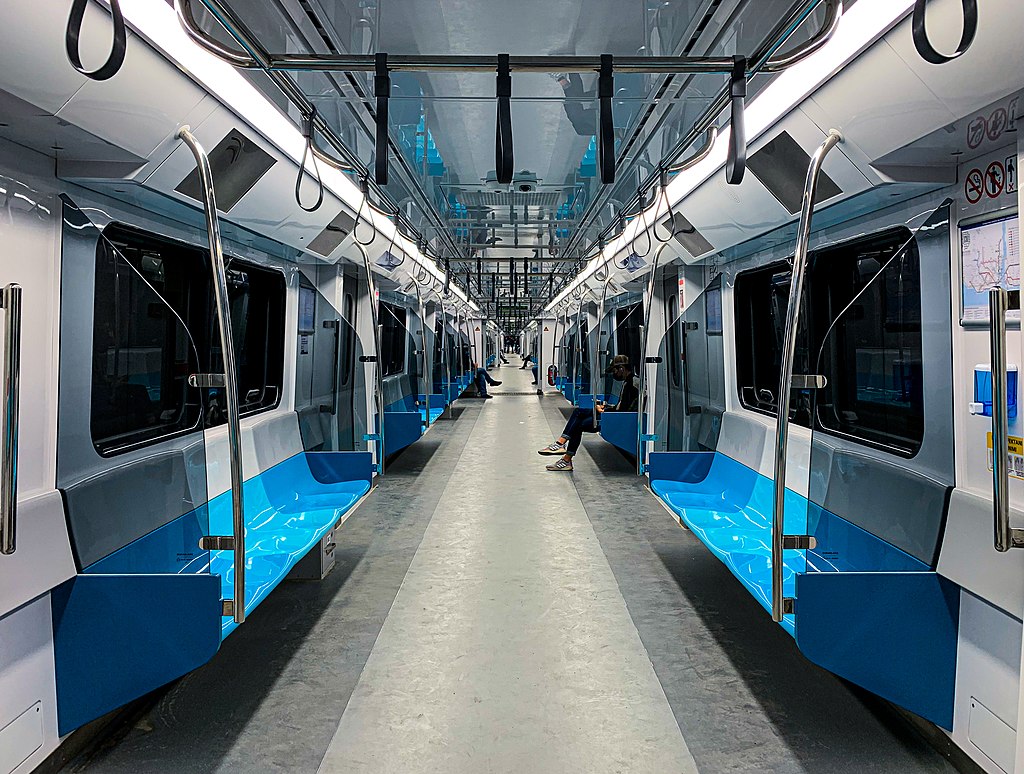
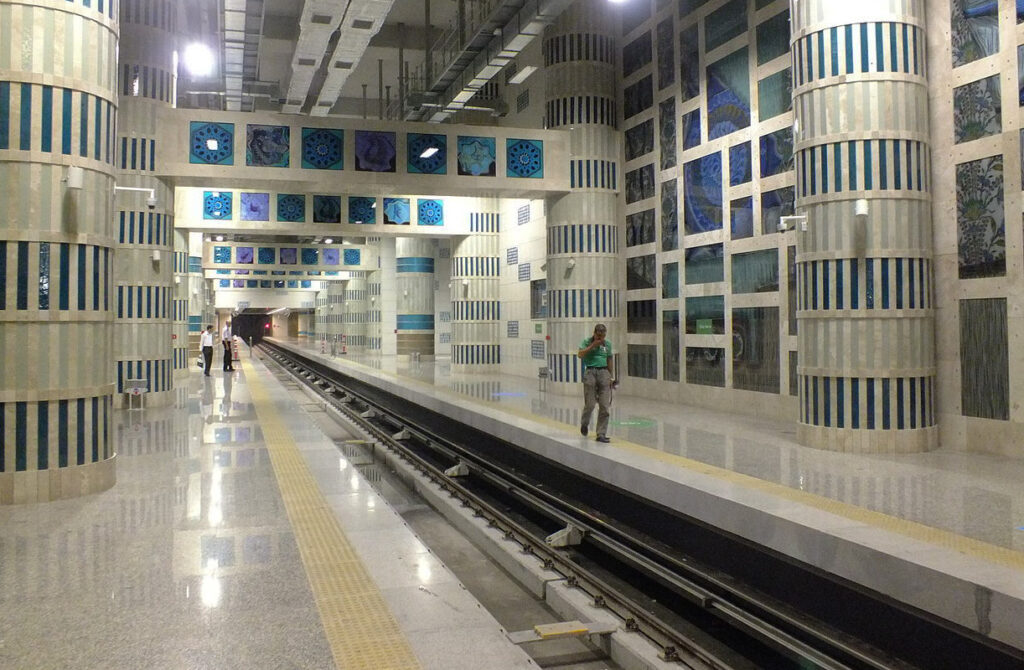
The subway is clean and modern. It is very well signposted and easy to use. And because we are now in a service society, in Turkey, you can always also ask for advice from the friendly security guards at the subway stations. Payment is made when entering the subway with the Istanbul Card.
Marmaray commuter train
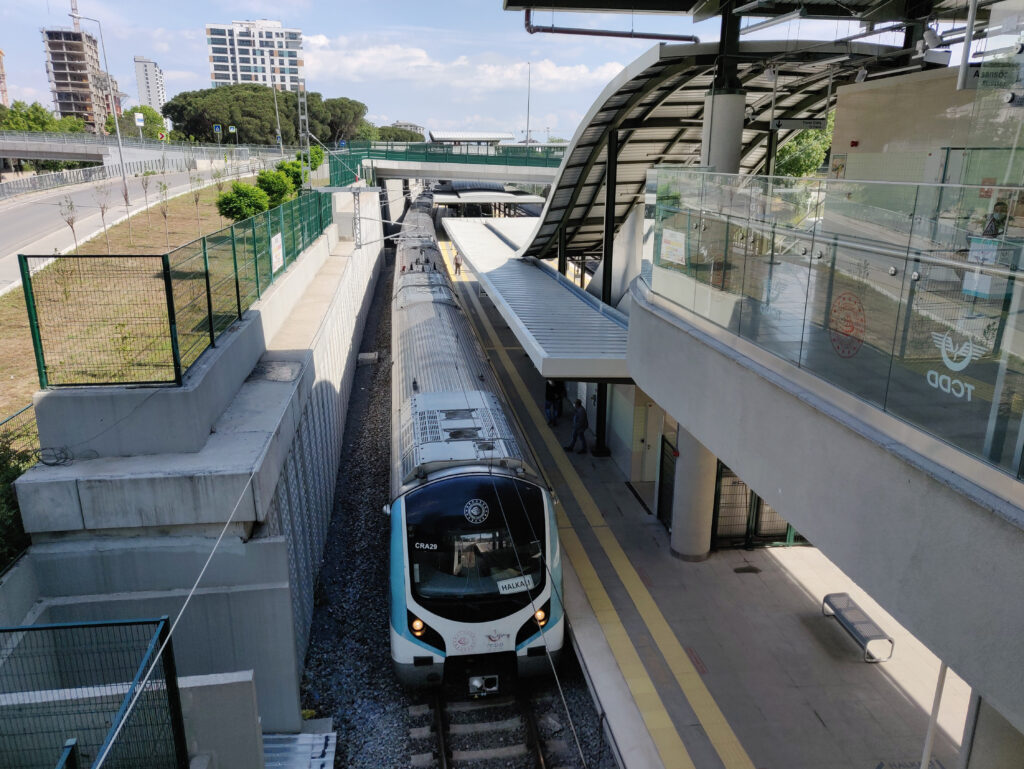
Marmaray is a 76.6 km long intercontinental commuter train. It includes a railway tunnel under the Bosphorus and runs from Halkali on the European side to Gebze on the Asian side. At intersections, such as Yenikapı on the European side or Üsküdar on the Asian side, you can easily change to the subway. And in Söğütlüçeşme on the Asian side, it is also possible to change to the metro buses.
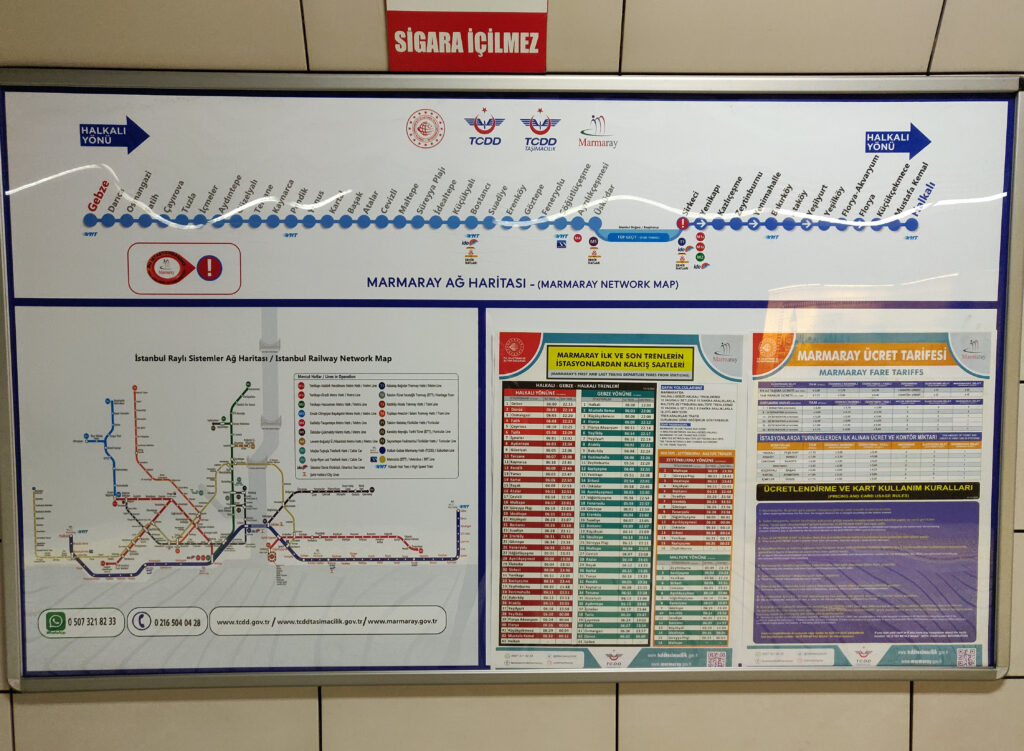
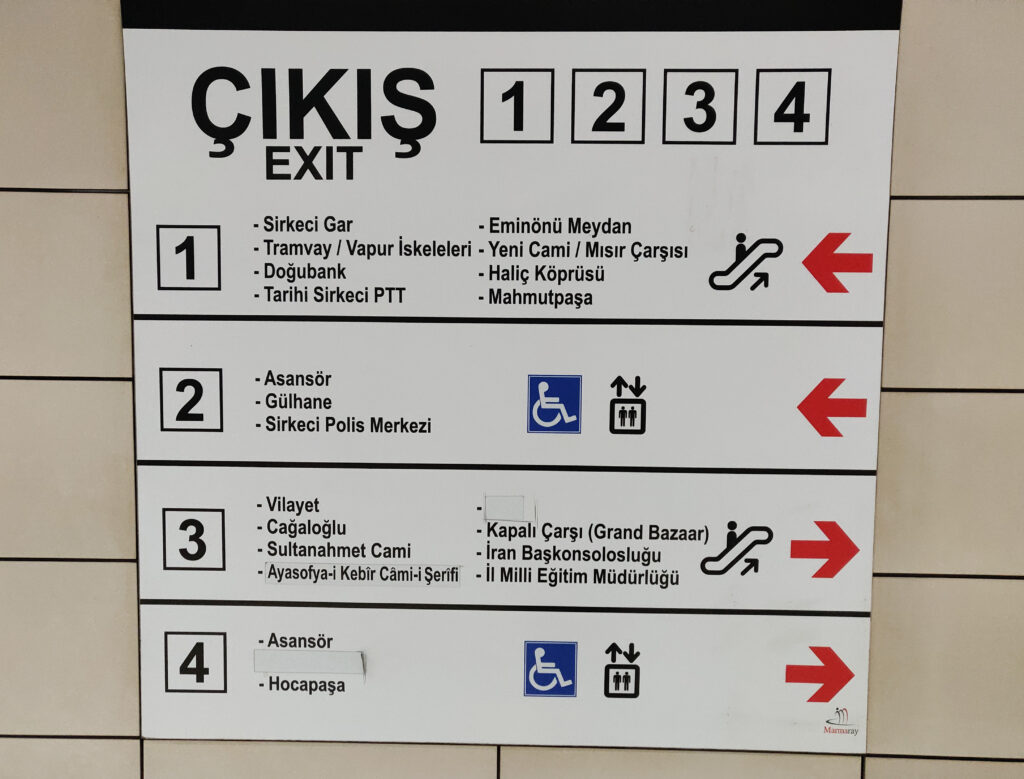
Marmaray, too, is clean and modern, and also particularly easy to use as it is just one line. The payment is the same as on the subway, but the journey is always charged in full at the beginning of the journey. Therefore, remember to use your Istanbul Card in the“money return machine” at your Marmaray (as well as the metrobus) terminal, in which case the device will refund you the correct amount.
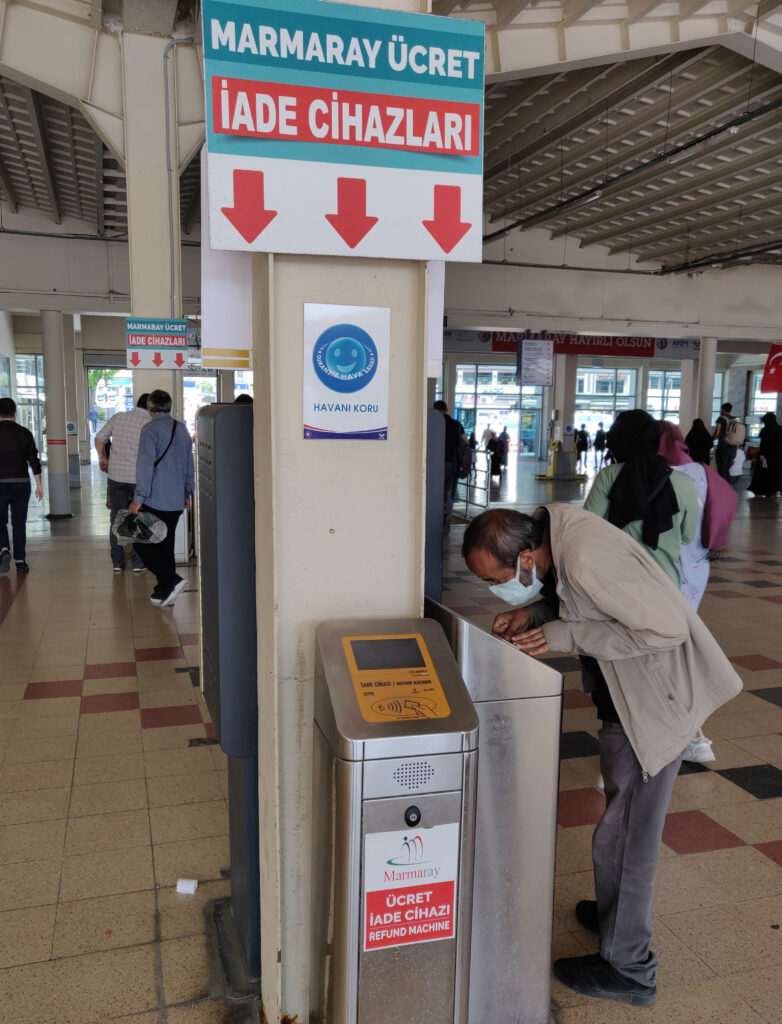
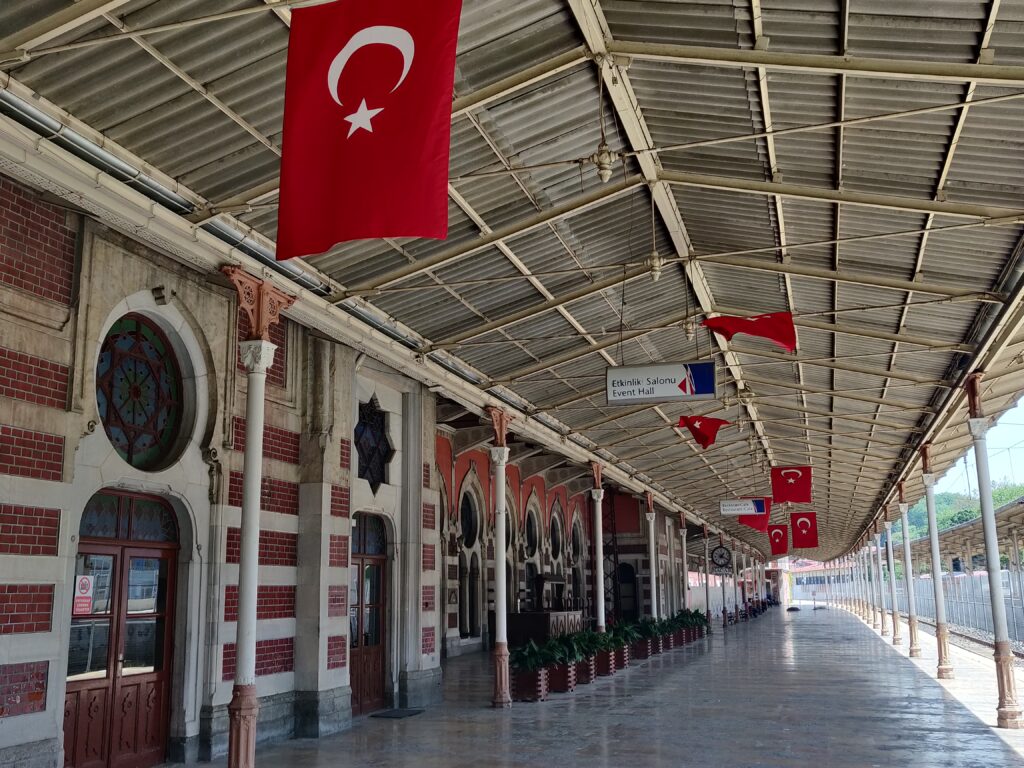
Ferry (Feribot)
Istanbul is located at a geographic crossroads, straddling Europe and Asia, and is divided by the Bosphorus Strait, which joins the Black Sea in the northeast and the Marmara Sea in the southwest. For this reason, the most fantastic means of transport in Istanbul are ferries.
Personally, I use ferries whenever possible, although I could travel faster by other means of transport. Because at the same time I get a cruise on the Bosphorus, and it’s always an awesome and empowering experience.
Commuter ferries have been operating on the Bosphorus Strait since 1851. There are regular routes for large ferries from Europe (Eminönü, Kabataş, Beyoğlu and Karaköy) to Asia (ports at Üsküdar, Kadıköy, and Bostancı). Ferries to the Princes´ Islands also run regularly.
In addition, smaller boats will take you to many places, for example, Haydarpaşa, Sarıyer, Rumeli Kavağı, Anadolu Kavağı, Küçüksu, İstinye, Çengelköy, Eyüp and Maltepe.
And on top of all that, of course, you can alway order a private sea taxi.
In addition, as a bonus, you can usually enjoy art, because there are often performers like singers and musicians on the ferries.
Some specialties:
The nostalgic tramways: Taksim-Tünel (Nostaljik Tramvayı, T2) & Kadıköy-Moda (Moda tramvay, T3)
These nostalgic tramways are two completely separate heritage tram systems in the city of Istanbul.
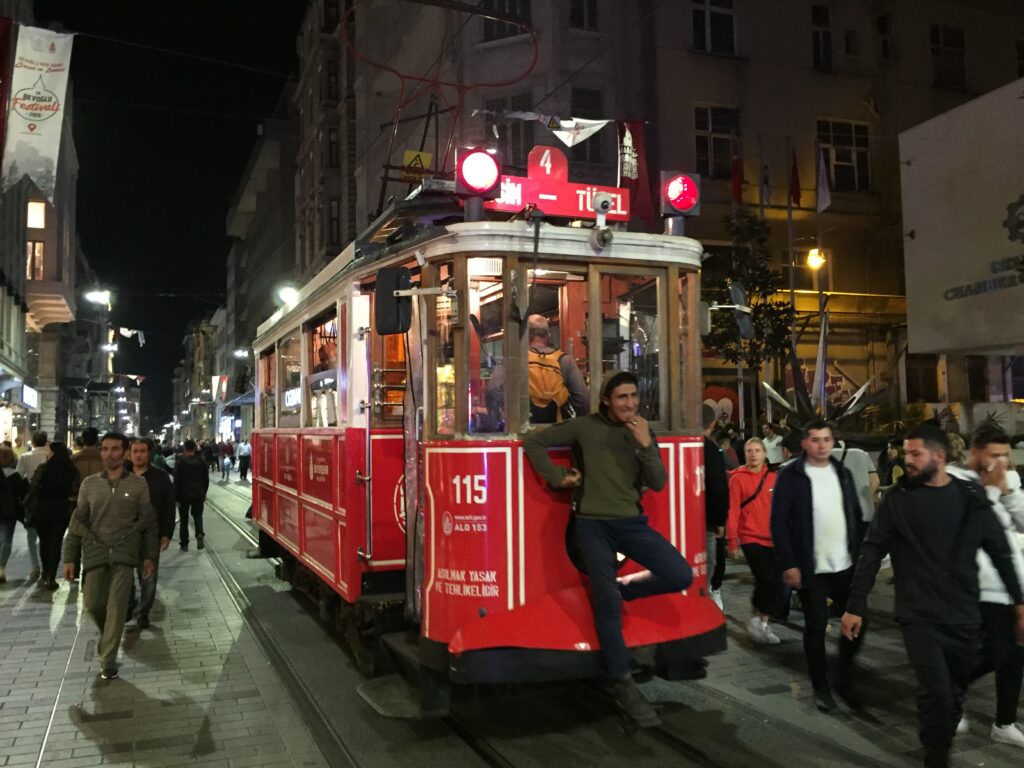
The nostalgic tramway (T2 line, Taksim-Tünel) runs on Istiklal Caddesi which is a 1.4-kilometer-long pedestrian zone. It is located in Beyoğlu District on the European side. The line is 1.64 kilometers long and it has 5 stops.
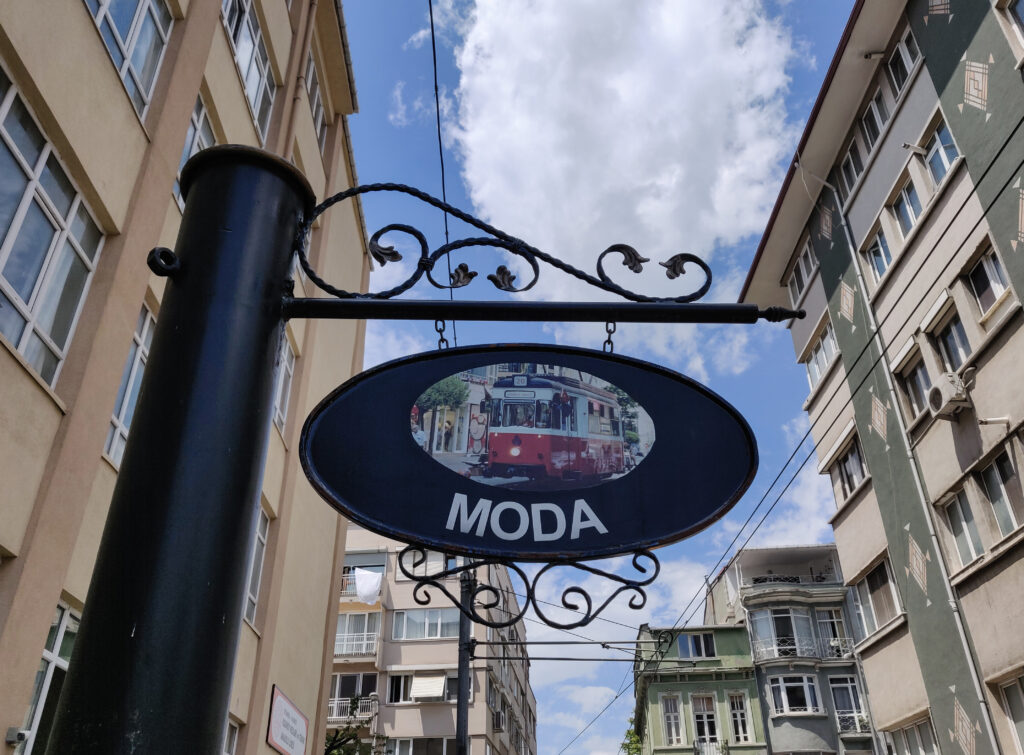
The second nostalgic tramway (T3 line, Moda) runs on a clockwise circular loop on the areas of Kadıköy and Moda. The length of the line is 2.6 kilometers and it has 10 stops.
The Tünel (F2)
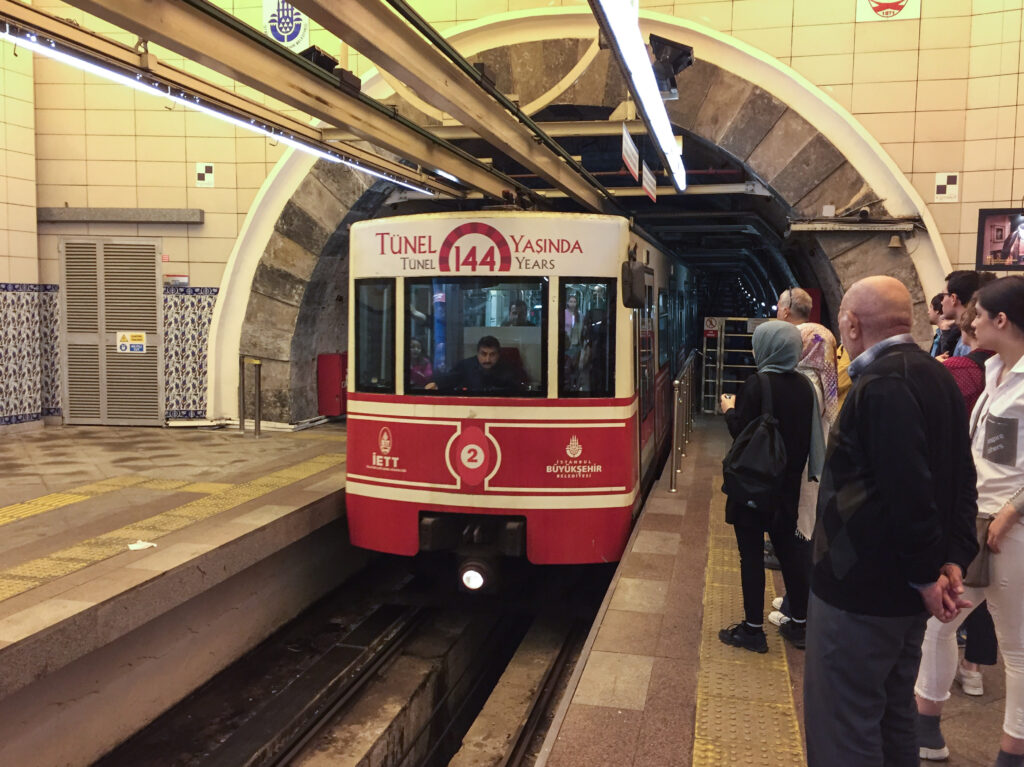
The Tünel (F2 line) is a historic subway funicular line in Istanbul, located on the southeastern shore of the Golden Horn. It has two stations, connecting the areas of Karaköy and Beyoğlu. Its tunnel goes uphill from close to sea level and is about 573 metres long. The Tünel, which entered service in 1875, is the world’s second-oldest underground urban rail line after the London Underground which was built in 1863.
The Istanbul Cable Car, Pierre Loti Hill (TF2 Eyüp – Piyerloti teleferik hattı)
The Istanbul Cable Car is located in the Eyüp area on the northwestern shore of the Golden Horn on the European side. It is a two-station gondola-type elevator and runs between Eyüp-Piyer Loti (Pierre Loti Tepesi).
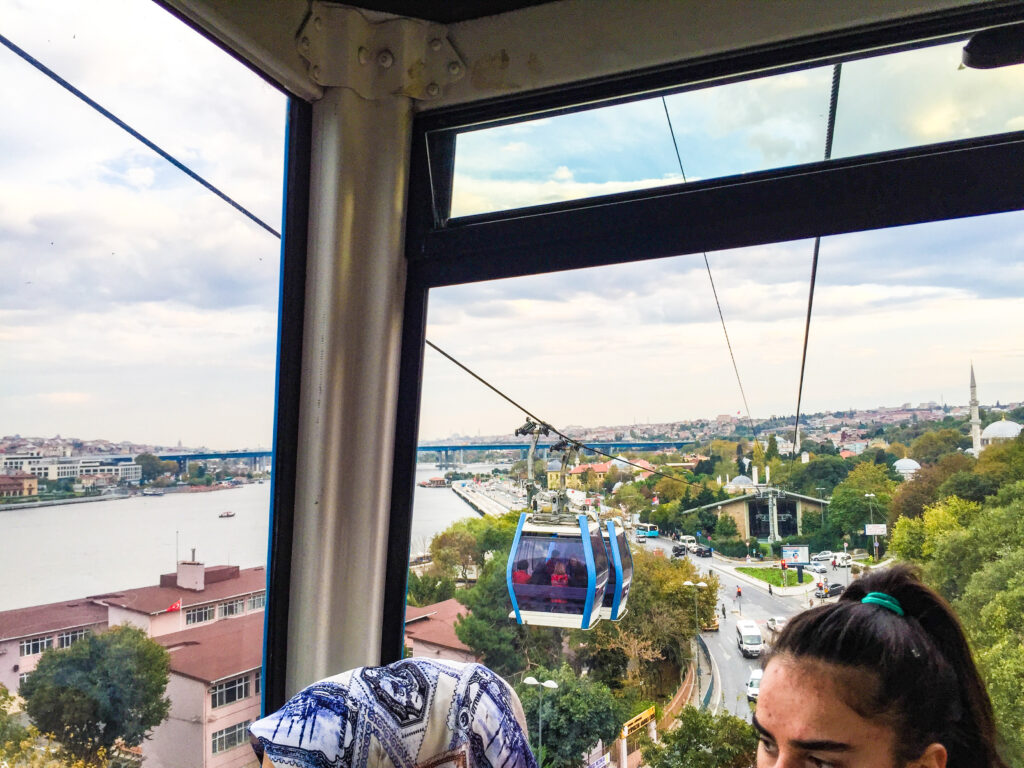
The cable car takes you directly to the Pierre Loti Café’s (Pierre Loti Kahvesi) terrace, where you can enjoy breathtakingly beautiful views over Istanbul.
You can pay for a ticket to Istanbul Cable Car either online or with Istanbul Card.
The electric vechiles of Büyükada Island
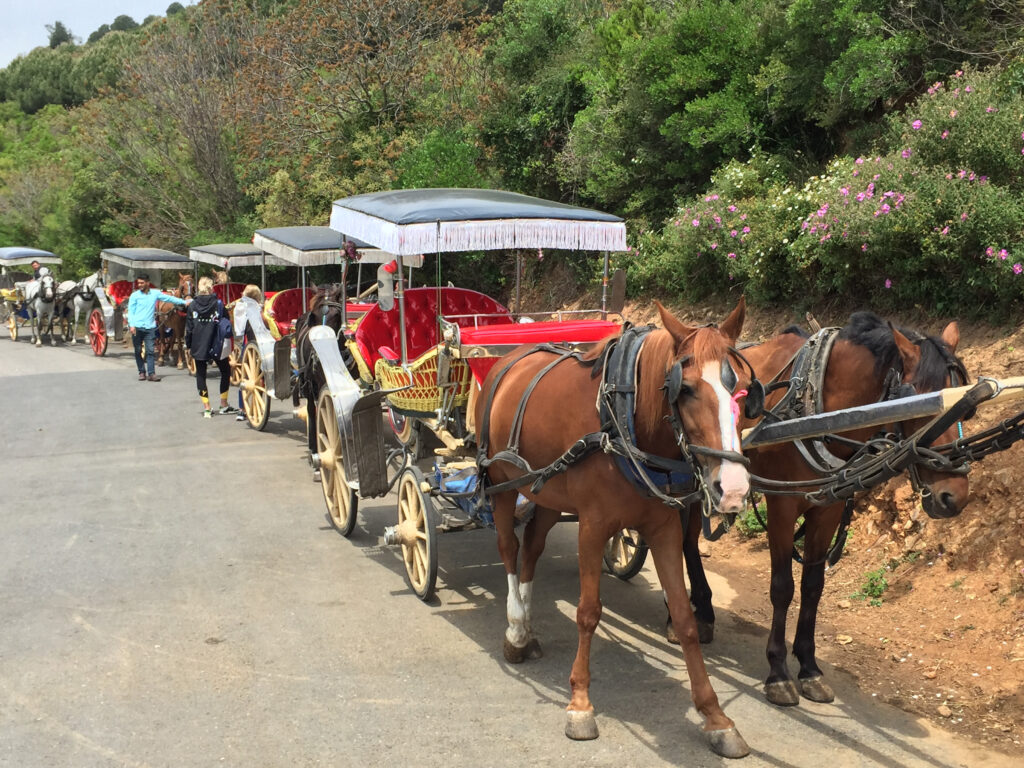
Instead of the traditional horse-drawn carriage (Phaeton) – whose demise has been discussed for years – IMM’s environmentally friendly electric vehicles began operating in July 2020 in the Princes´ Islands (Adalar). Electric vehicles were first introduced into service on the island of Büyükada.
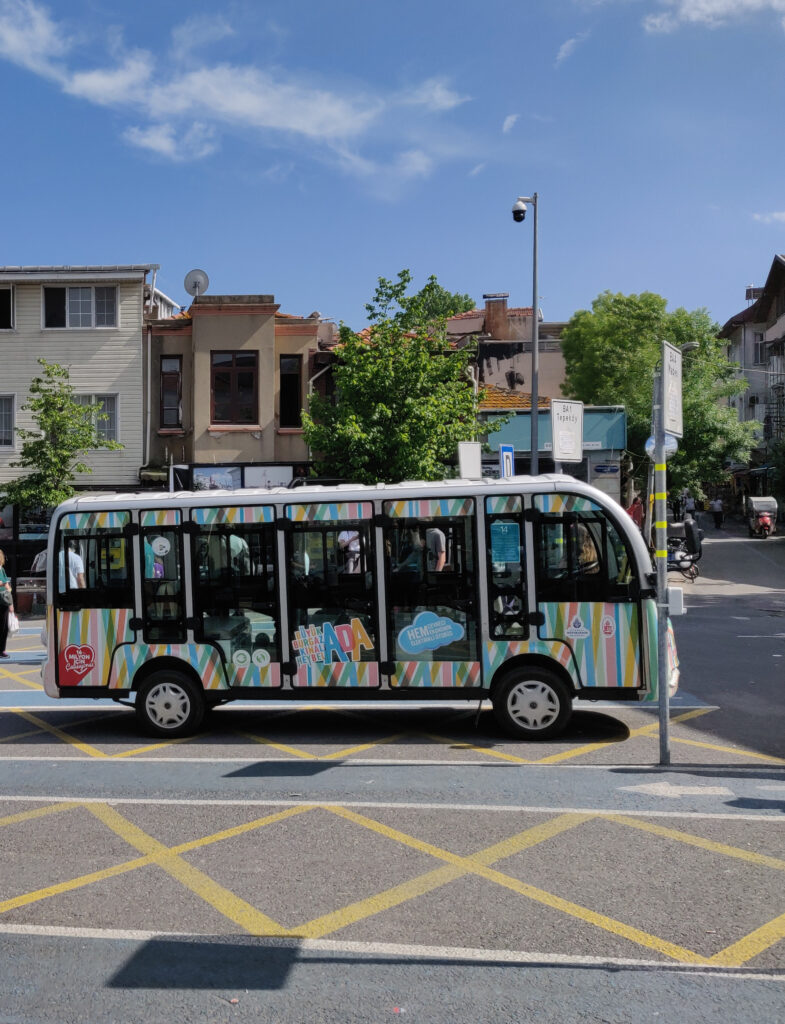
These electric vehicles will take you on a scenic tour around Büyükada Island. However, be sure to check the correct route before getting in the car, as there are several routes on the island.
In addition, only the Istanbul Card can be used to pay for the ticket. So you can´t use your debit card or cash. (Please note that you cannot pay for more than one person’s trip with one card).
